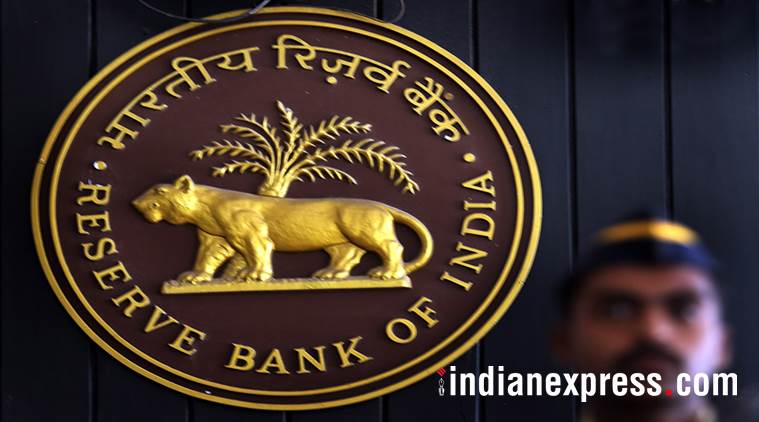The pace at which long-accumulated corporate defaults were getting resolved nder the Insolvency and Bankruptcy Code (IBC) 2016 was too good to believe. We appeared to have found a magic wand to enforce the contractual obligation of debtors and sufficiently empower the creditors.
Mounting Non-Performing Assets (NPAs) in the banking system due to corporate defaults is an issue of concern for many stakeholders. It has important consequences for the national economy. When such an issue of public interest is legalistically dealt with in the court as counter-claims between debtor and creditor, the interest of other stakeholders, especially of depositors, receives the least attention. This is the general feeling the common public is left with after the recent judgment of the Supreme Court (SC). It is the money of the depositors that creditors lend in their fiduciary capacity to debtors and hence, the expectation that the government, regulator and the adjudicating authorities will keep depositors’ interests supreme.
The pace at which the long-accumulated corporate defaults were getting resolved through the mechanism established under the Insolvency and Bankruptcy Code (IBC) 2016 was too good to believe. We appeared to have found a magic wand to enforce the contractual obligation of debtors and sufficiently empower the creditors. Overall, the IBC has been able to resolve cases involving debt of Rs 3 lakh crore in the last two years. As per the Ministry of Corporate Affairs, the mere threat of promoters losing control of their company or a legal proceeding under the IBC was sufficient to resolve debts worth Rs 1.2 lakh crore without even the need for the Code to kick in. In the prevailing pessimistic perception of crony capitalism, the faith was restored that we are capable of administering a legal system in which corporate defaulters face the consequences. It was the absence of such an effective legal system that forced creditors to find solutions through criminal proceeding, which was not only time consuming but also took many genuine business failures along the criminal proceedings’ path.
All this positivity has come to sudden halt with the SC striking down the circular issued by the RBI in February 2018 as ultra vires of the RBI Act. It appears that the manner in which the authority was sought to be exercised by the RBI — rather than the authority itself — was the reason for the order. The Court has taken a view that the regulatory authority exceeded the statutory authority.
The questions that ought to be answered in this judgment relate to the powers of the RBI in issuing directions to the bank to “initiate insolvency proceedings” against corporate defaulters after introduction of Sec 35AA of Banking Regulation (BR) Act through the 2017 amendment. The RBI’s contention was that the impugned circular was issued drawing powers from Section 21 and Section 35A of the BR Act, which empower the RBI to issue general directions (generic circulars) to financial institutions. Section 21 empowers the RBI on policies and directions related to advances and Section 35A to issue directions in public interest. In the eyes of the SC, the directions issued under the impugned circular are in the nature of a specific direction to the banks to take the IBC route to resolve defaults. And, after amendment to BR Act in 2017, the source of power to issue such specific direction is 35AA, and not Sections 21 and 35A.
Did the 2017 amendment that introduced 35AA and 35 AB to the BR Act expand the RBI’s powers or restrict them? In the words of the SC, the RBI could have issued such directions (contained in the impugned circular) under 21 and 35A before the introduction of 35AA and 35AB, but not after. It is an admission that 35AA severely restricted the regulatory authority of the RBI. One wonders, whether that was the intention behind the IBC and NCLT.
Now, how easy, time-bound and practicable is it to follow 35AA in letter and spirit? The law as exists says, “the Central Government may, by order, authorise the Reserve Bank to issue directions to any banking company or banking companies to initiate insolvency resolution process in respect of a default, under the provisions of the Insolvency and Bankruptcy Code, 2016.” How did the central government authorise the RBI? The finance ministry when it issued the notification dated May 5, 2017, authorised the RBI to issue such directions only in respect of “a default” under the Code. What is the interpretation of “a default”? Is it a category of default or specific default by specific debtor? The SC order makes it clear that the RBI can direct banking institutions to move under the IBC only (a) if there is a central government authorisation to do so; and (b) that it should be in respect of specific default of specific debtor.
The statement of intent when enacting the BR Act in 1949 says it was meant for the protection of depositors’ interests. Hence, the expansive and generic powers granted to the RBI under 21 and 35A. Alas, when the need of the hour is to affirm the authority of the regulator, the subsequent amendments, notifications issued and their legalistic interpretation have circumscribed the regulator. One can imagine the complexity of getting the authorisation of the Ministry of Finance specific to defaults and specific to defaulters. Does it not give undue discretion to the ministry to interpret defaults and defaulters? Will that eliminate or encourage crony capitalism? We have miles to go before we resolve the thousands of NPAs running to more than Rs 12 lakh crore. It is hoped that the authorities concerned will restore public confidence by assigning supremacy to public interest when it comes to regulating banking companies.
Published On : 22-04-2019
Source : The Indian Express

